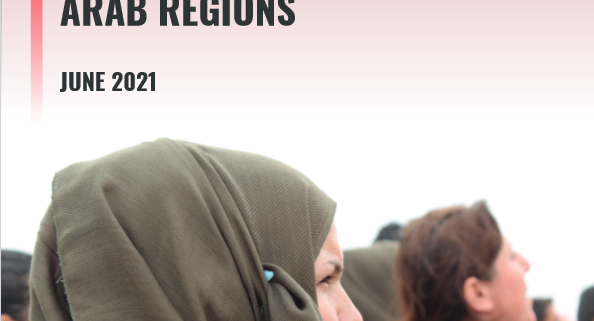Beyond Rojava: North and East Syria’s Arab Regions
Download the full report here.
The new political program in NES is driving major political and societal transformations in terms of direct democracy and gender equality. But implementing this program has been challenging throughout NES due to conservative attitudes among the population as well as poor humanitarian conditions and the impact of successive wars against ISIS and then Turkey.
Many Kurds express doubts or misgivings over their Arab neighbors, holding Arab communities responsible for the rise of ISIS. NES has certainly managed to avoid the worst of the sectarian and ethnic violence which has plagued Syria and the wider region in recent years, with Arabs and Kurds peacefully co-habiting across much of NES. But building a truly inclusive culture, with every group playing an equal role in the political process, in a region riven by sectarian divides is a colossal task, requiring the construction of an entirely new political paradigm.
RIC’s new report explores the impact of the AANES of the Arab regions of Tabqa, Manbij, Raqqa, and Deir ez-Zor, and finds reasons for cautious optimism, as well areas in dire need for reform.
 Loading...
Loading...



Trackbacks & Pingbacks
[…] predominantly Kurdish northern Syria on the outbreak of the civil battle and has since expanded to include a significant Arab population because the multiethnic Syrian Democratic Forces (SDF) ended ISIS management within the area. The […]
Comments are closed.